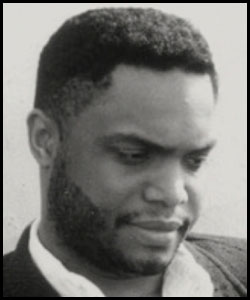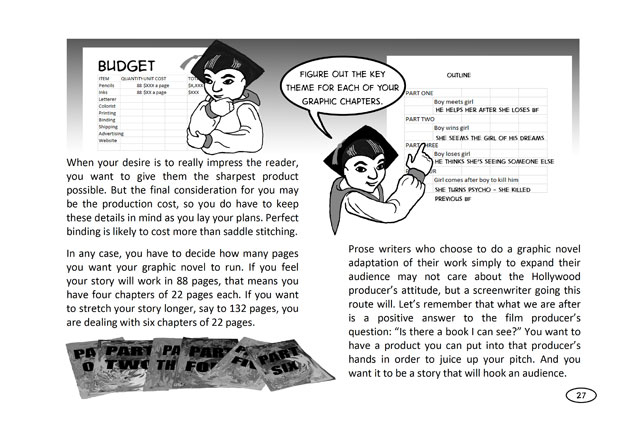Lately, I’ve been editing a graphic novel script for a client. It’s her first try at comic scripting, but she comes from a background in animation scriptwriting. The fact that she’s using an animation format was a little unusual to me, but that’s one of the nice things about comic scripting: the formatting is not as specific as screenwriting.
One of the key things about comic scripting, is that you need to be specific in your panel descriptions. Unlike screenwriting, where you can assume things carry forward during the course of a scene, in comic scripting, you can’t make the same assumptions about the panel descriptions.
Get It In the Panel Description
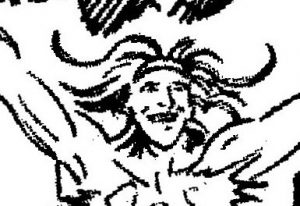
The artist gave Tsalosha a pleased smile at this moment.
Panel descriptions are perhaps the hardest thing for a novice comic script writer to grasp. In screenwriting and in prose, the writer can assume that things carry forward. But that’s not the case with comic scripting. You need to be clear about things in the panel.
But it’s not just carrying forward elements of the scene. It’s about making sure that you as the writer let the artist know details like a character’s reaction to events.
I learned this lesson the hard way. In my first story that was drawn by a professional artist (Gordon Purcell), one of the aspects of the story was that the characters were shape-changers. Each character could change into a particular animal. It is strongly implied in the story that they can only change into one such animal.
In the story, my hero, Tsalosha, changes into a stag. However, at the climax of the story comes a special revelation. His rival has provoked a slide of rocks down a mountain-side at Tsalosha, and he falls off a cliff. (This actually happens at the page turn, so it is quite literally a “cliff-hanger”.) On the next page, he turns into an eagle! This is a big surprise to everyone.
When You Forget Something Crucial
The problem is that there was one crucial aspect of this transformation that did not get into the script: that Tsalosha himself did not know he could turn into more than one animal. This transformation was supposed to be as much a surprise to him as it is to everyone.
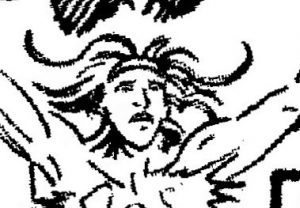
Tsalosha anxious and surprised.
Above you can see the way Gordon rendered Tsalosha’s face as he falls – there’s a happy smile on his face in the detail. What this does to the storytelling is that it changes what the Reader interprets in the character’s reaction. Even though this smile is a very tiny detail in the whole panel, it is clear in the artist’s work.
That’s because in the script, I didn’t give the artist an indication that the transformation should be a shock to Tsalosha as well. He should be afraid, thinking he is falling to his death. But I forgot to put that crucial bit of information into the script to let my artist know how to draw that detail.
Now, I’ve been preparing a color version of the story to add to my website, so it gave me an opportunity to change this little detail, because it is important to me. The color version with have the expression of the second picture here, one that is a bit more anxious.
The Lesson To Be Learned
Make sure that you are clear about every panel description in your script. Don’t assume that your artist can read your mind about your intentions for the atmosphere of the scene or the emotions of the character.
Excite and inspire your artist, always. But make sure that you also provide him or her with all the information needed to tell the story just the way you want it.
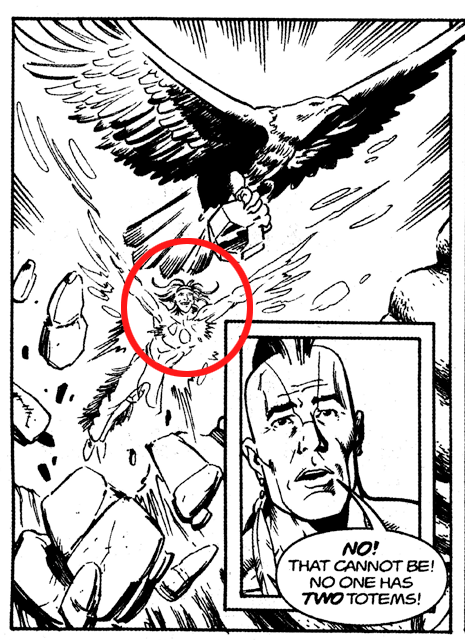
The whole panel with the detail.

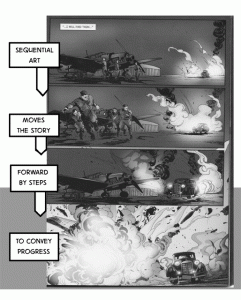 Adapting a screenplay to the graphic novel form requires learning the mechanics of the graphic novel /
Adapting a screenplay to the graphic novel form requires learning the mechanics of the graphic novel / 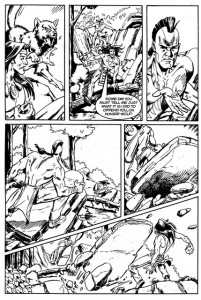 Thinking Visually
Thinking Visually